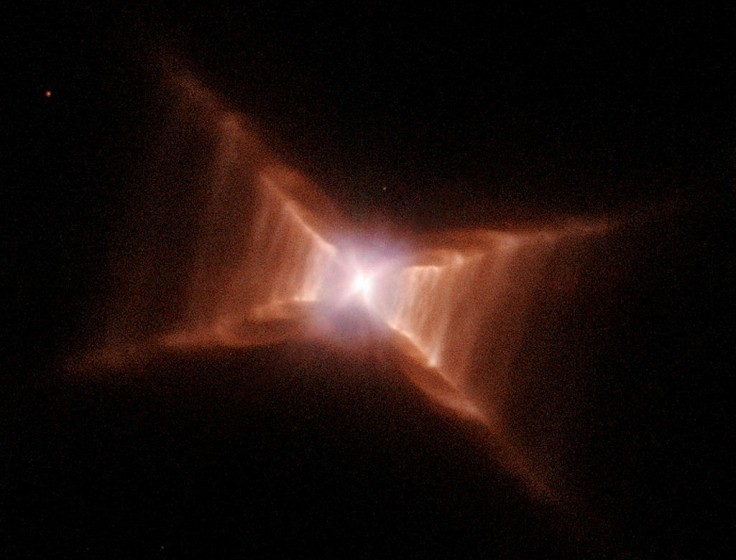
The NASA Hubble Space Telescope is celebrating Halloween with a bunch of scary photos. Its most recent discovery is the CW Leonis, a dying carbon star that resembles a creepy giant spiderweb in space!
With Halloween just around the corner, Hubble teased new content fitting for the event. The space observatory contributed eight interesting and creepy celestial sights on its Twitter page. The whole content is compiled into a two-minute video clip.
Happy (almost) Halloween! 🎃
— Hubble (@NASAHubble) October 28, 2021
Hubble’s seen a number of scary cosmic objects, but nothing compares to a recent image of a “spiderweb” in space.
Watch, if you dare…
Find out more: https://t.co/NGMo79YTXj pic.twitter.com/ZUk4K5IGoj
In the video, Hubble showcased:
- Magnetic monster galaxies
- Freaky giant space pumpkin
- Giant space spiderweb
- A giant flapping bat shadow
- Spine-chilling red spider
- An angry cat's eye
- Terrifying ghost nebula
- Twin galaxy eyes
For interested fans, you can grab these photos from Hubble's Twitter page and use them for stickers or wallpapers.
NASA Hubble Images and Videos: The Giant Space Spiderweb
Most notable from the creepy clips is the space spiderweb, which is a red giant star called CW Leonis. Not only does it look cool, but researchers were also shocked by its level of space activity.
According to NASA, its orange red "cobwebs" are dusty clouds of sooty carbon engulfing the dying star. The carbon on its interior nuclear fusion blasted outside space, creating the unique outer layers. The inner structure that resembles arcs or "spaces between the web strings" is shaped by the star's magnetic field. As per usual, space obeying the laws of nature create spectacular and unexpected sights.
Researchers said the dust shroud around CW Leonis may allow beams of starlight to pass through. They are, however, still researching the reason for CW Leonis' intense brightness. They speculate that its core, and the shell plasma surrounding it, started fusing with the hydrogen and created the outer layers that swell around the bloated red giant.
It is also worth noting that CW Leonis and its orange-reddish color extension have a relatively low surface temperature of 2,300 degrees Fahrenheit. Some of its sections were invisible to mid-infrared wavelengths and ultimately got replaced by the green streaks found in the photo.
CW Leonis is just 400 light-years away from Earth, making it the closest carbon star to the planet. This optimal position gives researchers a chance to study and analyze the star and its interplay around the surroundings.
NASA Hubble Shuts Down After Big Glitch
Earlier this week, NASA Hubble revealed system issues on the iconic space telescope. The spacecraft eventually entered safe mode after "experiencing synchronization issues with internal spacecraft communications." Fortunately, NASA assured that its instruments all remain in good health.
Despite being decades old, Hubble continues to contribute many amazing photos and videos of space activity. Researchers and space fans hope that the space telescope could make even more discoveries later this year.









